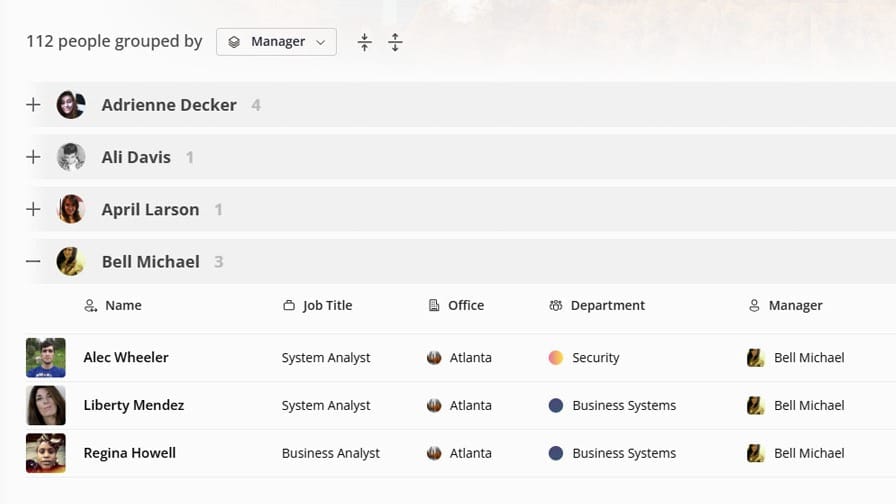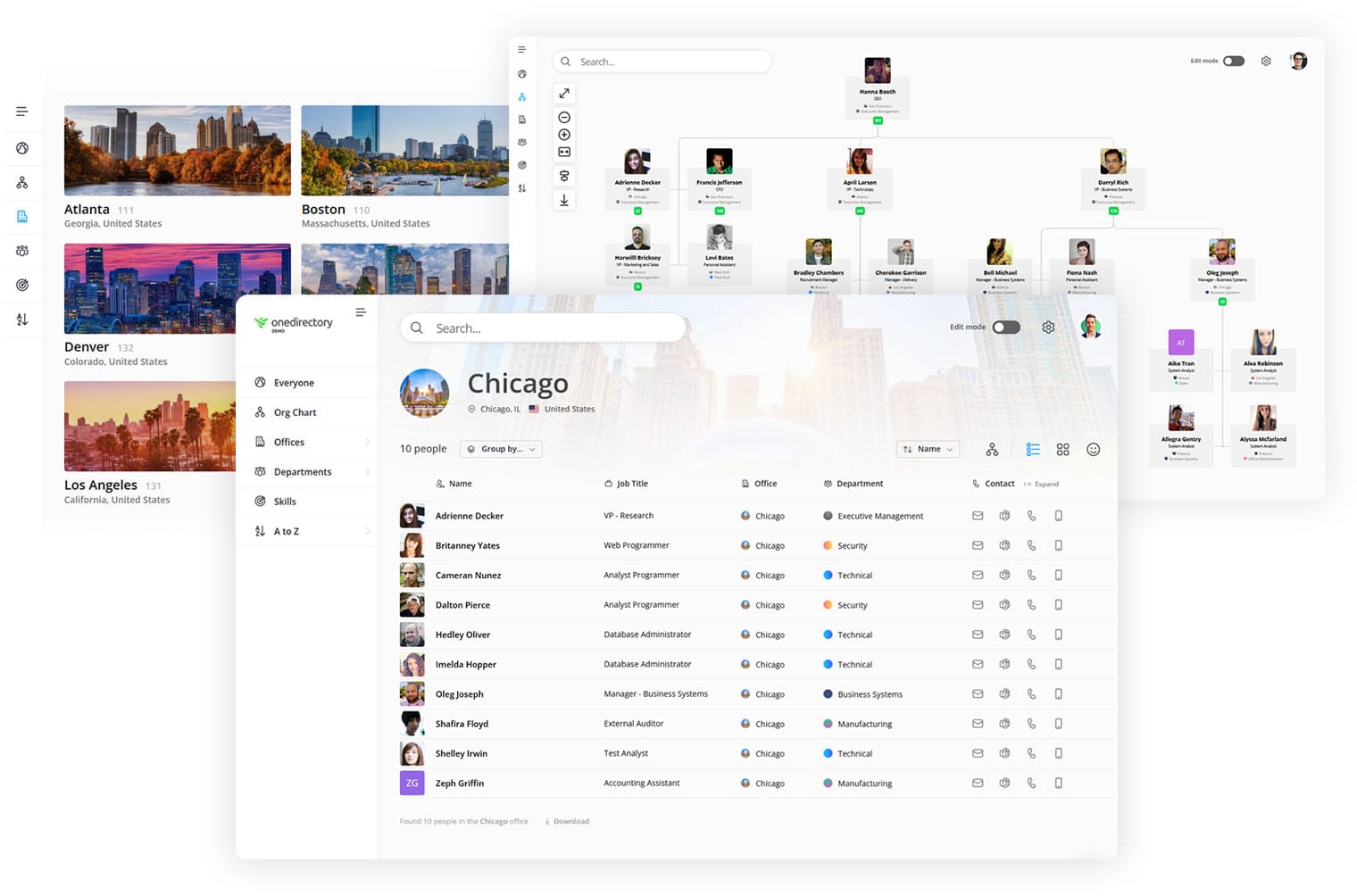Span of Control: How to Make It Work for Your Company
Struggling to spot overloaded managers or unbalanced teams? Span of control isn’t just an org chart metric — it’s a hidden signal about how your business really works. Here’s how HR and IT leaders are bringing it into focus.

Span of control is the number of direct reports assigned to a manager. It answers the question: How many people report directly to this person?
It’s one of the most fundamental concepts in organizational design. But it’s also one of the easiest to overlook.
Why should HR leaders care?
Because span of control shapes how your company operates:
- It influences how work flows across teams.
- It affects how supported your employees feel.
- It determines how well your managers can lead.
When a manager has too many direct reports, they don’t have time for meaningful feedback, coaching, or development. When their span is too narrow, it creates unnecessary layers and slows everything down.
Poorly managed span of control leads to:
- Burnout for managers and teams
- Bottlenecks in communication
- Low engagement
- Missed growth opportunities
And most of the time, you don’t realize there’s a problem until something breaks.
The Real-World Struggles with Span of Control
Even if your HRIS holds reporting data, it’s often not visible to the people who need it or it’s locked away in static org charts and siloed systems.
Here’s what that looks like on the ground:
- People don’t know who reports to who. You field the same reporting questions over and over again.
- Org charts are out of date. You manually update PDFs or rely on someone else to keep things current.
- No easy visibility. There’s no quick way to scan a department and see if a manager has 3 or 30 direct reports.
- Blind spots in your structure. Without seeing the real span of control, you can’t catch early signs of team overload or imbalance.
- Manual workarounds. HR and IT teams build their own tools, spreadsheets, and dashboards just to keep things visible and even those aren’t always accurate.
And when new hires join or reporting lines shift? The whole system feels fragile.
What Teams Try to Do to Solve Span of Control Problems
We’ve seen it all.
Some HR teams build internal dashboards, but they’re hard to maintain.
Others rely on exported reports that go stale quickly.
Managers dig through SharePoint or email chains just to figure out team structure.
And many just give up — working around the problem until someone asks again, “Wait, who’s actually on that team now?”
The tools most companies rely on weren’t designed for this. They track data but they don’t surface it in a way that helps you manage people effectively.
What We’ve Learned from Talking to Our Customers
We’ve heard this from HR leaders again and again:
“We’re not short on data. We just can’t see what we need when we need it.”
One customer shared that they only realized a team lead had 24 direct reports when someone went on leave and no one could figure out who was responsible for what. It wasn’t a systems issue. It was a visibility issue.
HR professionals want:
- To quickly spot managers with overloaded teams
- To plan headcount and hiring with structure in mind
- To reduce risk and strengthen leadership support
- To empower managers with visibility into their own teams
But they can’t do any of that if they can’t see the span of control clearly.
How OneDirectory Adds Value to Your Span of Control

We built OneDirectory to make your organizational data useful, not just stored.
With our latest People Search enhancement, span of control becomes visible, interactive, and easy to explore across your company.
Here’s what’s new:
- Manager field in search results — See who reports to who without opening a profile.
- Group by and sort by Manager — Instantly view a manager’s direct reports in one line.
- See span of control at a glance — Spot overloaded or underused managers in seconds.
This update is small but powerful. You don’t need to run a report or dig through your HRIS.
The answers are right where your people already search powered by your Microsoft 365 data, so it’s always up to date.
And it’s not just for HR. Managers, IT, and employees can explore team structures and understand how your organization is built, without asking you for help.
Clearer Structure. Stronger Teams.
When you can see who reports to who, everything gets easier:
- Managers get the support they need.
- Employees feel more connected and guided.
- HR can spot risks early — and act on them.
Span of control isn’t just a number. It’s a signal. It tells you whether your organizational structure supports your people or holds them back.
You already have the data. OneDirectory makes it visible, usable, and effortless to explore — right where your people already work.
So the next time someone asks, “Who’s on that team?” — you’ll already know the answer.
Start a 14-Day Trial of OneDirectory

See your company’s span of control — live, accurate, and instantly searchable.
Start your 14-day free trial of OneDirectory and make your org structure easier to understand for everyone.
No credit card required. No setup headaches.
Just clarity.
Span of Control FAQ
How do you calculate span of control?
Span of control is calculated by dividing the total number of employees a manager supervises by the number of managers. For example, if one manager oversees 10 employees, the span of control is 10.
How do you visualize your span of control?
You can visualize span of control using organizational charts, which display managers and their direct reports. Tools like OneDirectory make it easy to create and analyze these charts.
Which factors help determine a manager's span of control?
Key factors include the complexity of tasks, the experience level of employees, the manager’s leadership style, and the use of tools or technology to streamline oversight.
What is the optimal span of control?
The optimal span of control varies by industry and organizational needs but typically ranges from 5 to 15 direct reports per manager, depending on task complexity and team autonomy.


